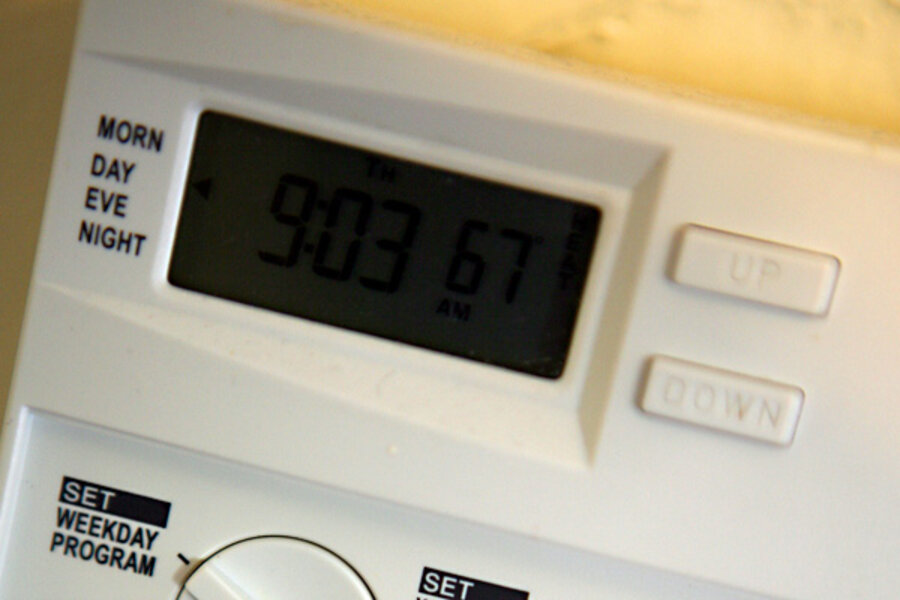Your home's temperature should change with the seasons
Loading...
The bigger the difference between the external temperature and the internal temperature of your home, the more work your air conditioning or furnace is going to have to do. It doesn’t matter how much insulation or how well air sealed your home is, it’s going to happen. Given enough time, your home is going to adopt the temperature of the outdoors, and the further away the temperatures are, the faster the change is going to be (at first).
Here in Iowa where I live, temperatures can range from as high as 105 F in the peak of summer to as low as -15 F in the harshest part of winter. The reality of losing heat in the winter and gaining heat in the summer is a pretty serious reality for us.
Of course, the temperature doesn’t stay there all the time. For example, the average high temperature in Des Moines in June is 82 F, and the average low temperature in January is 14 F, with peaks and valleys all around those temperatures.
Now, if we keep our house at 70 F all year round, we’re going to be trying to lower the temperature 12 F in the peak of summer and heat our home 56 F during the peak of winter.
That means our air conditioning is going to run sometimes during the summer and our furnace is going to run quite a bit in the winter, which is fine.
However, let’s say we adopt a more sensible temperature policy. We keep our home temperature at 78 F during the summer and 62 F during the winter.
Now, we’re simply trying to lower the temperature 4 F on an average day in the summer, and we’re only raising our home temperature 48 F in the winter.
Because we adjust our home temperature seasonally, our air conditioner doesn’t run much at all on an average summer day. It also runs significantly less during the winter because the difference between the outdoor temperature and indoor temperature is siginificantly lower.
Of course, the reason to run air conditioning units and furnaces is for personal comfort. That’s why we have them, after all.
Thus, in order to find the right temperature for each season, we had to experiment. We would try a certain home temperature for a day or two, then try lowering it or raising it by a degree. Eventually, we found a summer temperature and a winter temperature that provides us with comfort all year around.
The best part? During the significant part of the year where the temperatures largely hover between 62 F and 78 F, we don’t run anything at all. We just open the windows. That’s cheap climate control.
Try experimenting with “summer” and “winter” temperatures for your own home and turn off the furnace and air conditioning when the temperature is between those two numbers. Your energy bill will thank you.
This post is part of a yearlong series called “365 Ways to Live Cheap (Revisited),” in which I’m revisiting the entries from my book “365 Ways to Live Cheap,” which is available at Amazon and at bookstores everywhere. I








